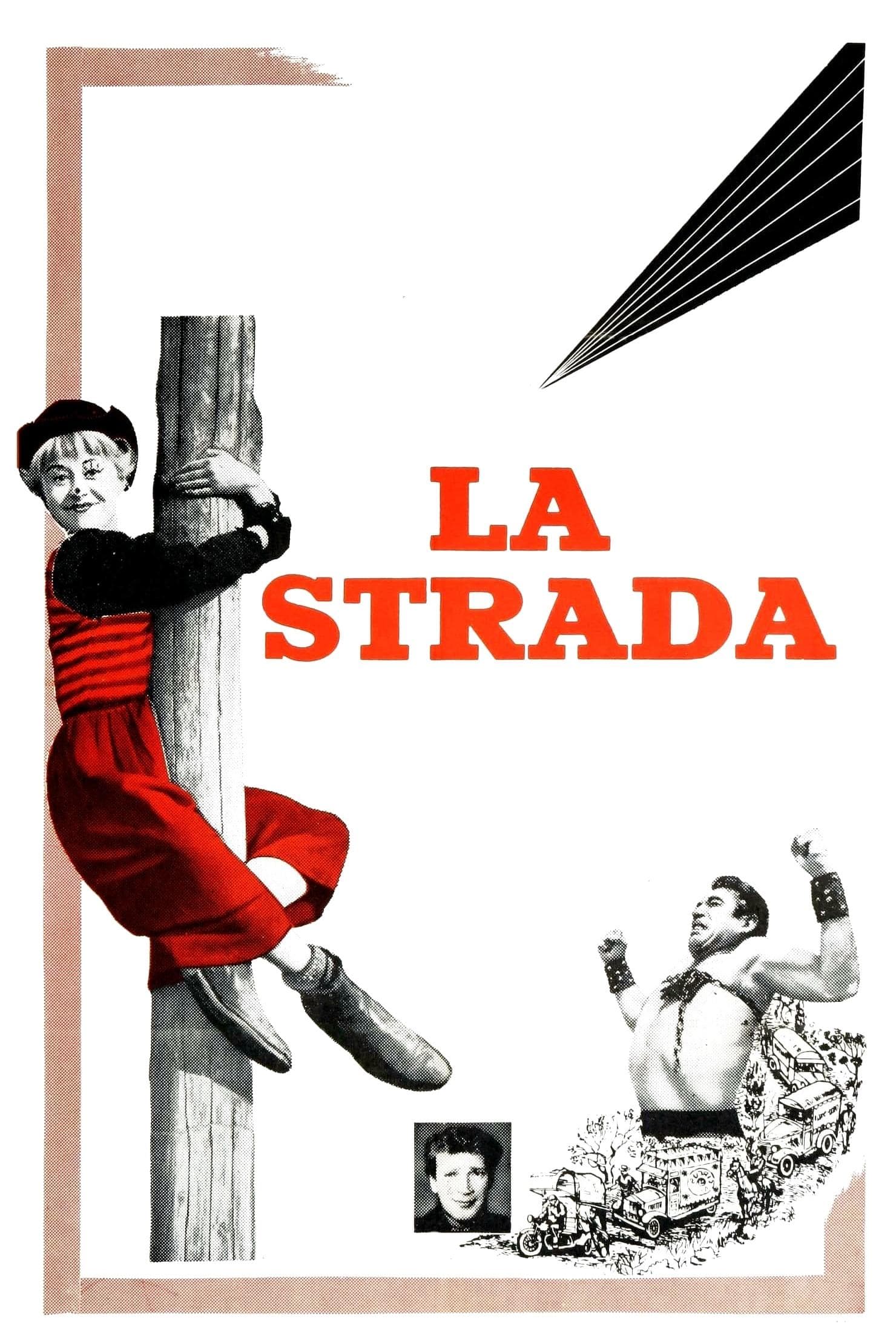
La Strada
1954
Rate this movie
Average: 0.00 / 5
(0 votes)
Director
Perhaps not everyone knows that this film was Walt Disney's absolute favourite, and that the master animator often cited it as a benchmark in the history of cinema. This admiration might at first seem enigmatic, given the raw neorealist austerity that animates Fellini's narrative, but it actually reveals the film's ability to transcend its origins and strike universal chords, characteristic of a modern fable set against the grey backdrop of the post-war era.
Indeed, Fellini's film is a work of magnificent purity transposed onto film, a single narrative body, majestic and cohesive, in which to indulge and find oneself. It is a visual ballad that unfolds with the gravitas of a myth, permeated by an intrinsic melancholy and a disarming emotional authenticity.
Giulietta Masina portrays an indigent girl sold to a street performer, the formidable Zampanò, played by a great Anthony Quinn. Masina's Gelsomina is not simply a "street girl"; she is the incarnation of an atavistic purity, a childlike curiosity, and a thirst for meaning that drives her beyond mere survival. Her eyes, mirrors of an innocent yet deeply wounded soul, are the gravitational center of every shot, capable of expressing an entire universe of pathos without uttering a word, in an unacknowledged homage to pantomime and silent cinema that echoes the genius of a Charlie Chaplin.
The girl will be employed by the man in his itinerant show. A contradictory relationship will emerge between the two, where a sense of possession and the discovery of a latent humanity will be the predominant sentiments. But it is a contradiction that proves to be a brutally delicate ballet of dependence and cruelty, of yearning and obtuseness. Zampanò, with his brute force and his incapacity to express affection except through gestures of violent possessiveness, represents the archetype of primitive man, prisoner of his rawest impulses. Gelsomina, on the other hand, desperately seeks a glimmer of connection, a reason for being in a world that seems to deny her any form of tenderness. Their bond is a psychological odyssey, a journey not only through the desolate landscapes of post-war Italy but also into the depths of two lonely souls, unable to communicate yet indissolubly bound by a tragic destiny. The introduction of the disruptive third presence, Il Matto (The Fool, played by Richard Basehart), with his reflections on the necessity of everything in the universe ("Every pebble, every blade of grass, every little flower... serves a purpose"), acts as a catalyst, offering Gelsomina an existential key that rips through the veil of her naivety and plunges her into a devastating crisis of conscience, serving as a moral compass for both the spectator and the protagonists themselves.
The film's plot, though of a clear simplicity, bestows iconic pearls belonging to the Fellinian universe that would dot much of his subsequent production: the circus, the street girl, the gruff master, the road movie. These elements are not mere scenic or narrative details, but true archetypes that Fellini would elevate to universal metaphors. The circus becomes life's stage, a place of illusions and bitter truths, where human fragility is exposed and dramatized. The "road movie" transforms into not only a physical but also a spiritual journey, a search for meaning in an existence that appears rootless, a theme that the director would explore with even greater complexity in works like "Roma" or "Amarcord". The desolation of the Italian landscapes, captured with understated power (also due to the collaboration with Carlo Carlini and Otello Martelli), underscores the existential solitude of the characters, making the environment a silent co-protagonist of this poignant ballad.
The film can be considered a transitional element between the rigid neorealism of Rossellini and De Sica and a genre more oriented towards dreamlike suggestion and autobiographical narration, a genre, let it be clear, created ex novo by the Rimini-born director. Although Fellini maintains attention to common people, rural settings, and the presence of non-professional actors in minor roles, he departs from mere social chronicle to delve into the psychological depths of the characters. No longer pure social commentary cinema, but an exploration of interiority, an investigation into the human condition that precedes the "cinema of the soul" that would become his trademark. The poetics of the road, with its uncertain stops and fleeting encounters, becomes a lens through which to observe the spasmodic search for meaning, the difficult blossoming of a feeling in a context of brutal indifference. It is precisely here that "La Strada" marks the turning point: a bridge between the raw and stark reality of the post-war era and a cinematic future where dream, memory, and allegory would reign supreme, culminating in baroque and visionary masterpieces.
A poetic film, then, a fluid and sequential ballad where the plasticity of acrobats meets, on a distant horizon, the poignant lyricism of loss. A work that, despite the initial perplexity of some Italian critics – who accused it of betraying neorealism for presumed mysticism or sentimentalism – conquered the world, culminating in the Oscar for Best Foreign Language Film in 1957. Its ability to delve into the human soul, to show the fragility of a broken bond and the resonance of pain, makes it a cornerstone not only in Fellini's filmography but in the very history of world cinema. Zampanò's final cry, alone on the beach after learning of Gelsomina's death, is an image of shocking beauty and despair, a primal scream that seals the fate of a man finally aware of the unfillable void left by the innocence he had destroyed, a heartbreaking blow that continues to resonate, lacerating and unforgettable, for anyone who allows themselves to be enveloped by its overwhelming humanity.
Genres
Country
Gallery


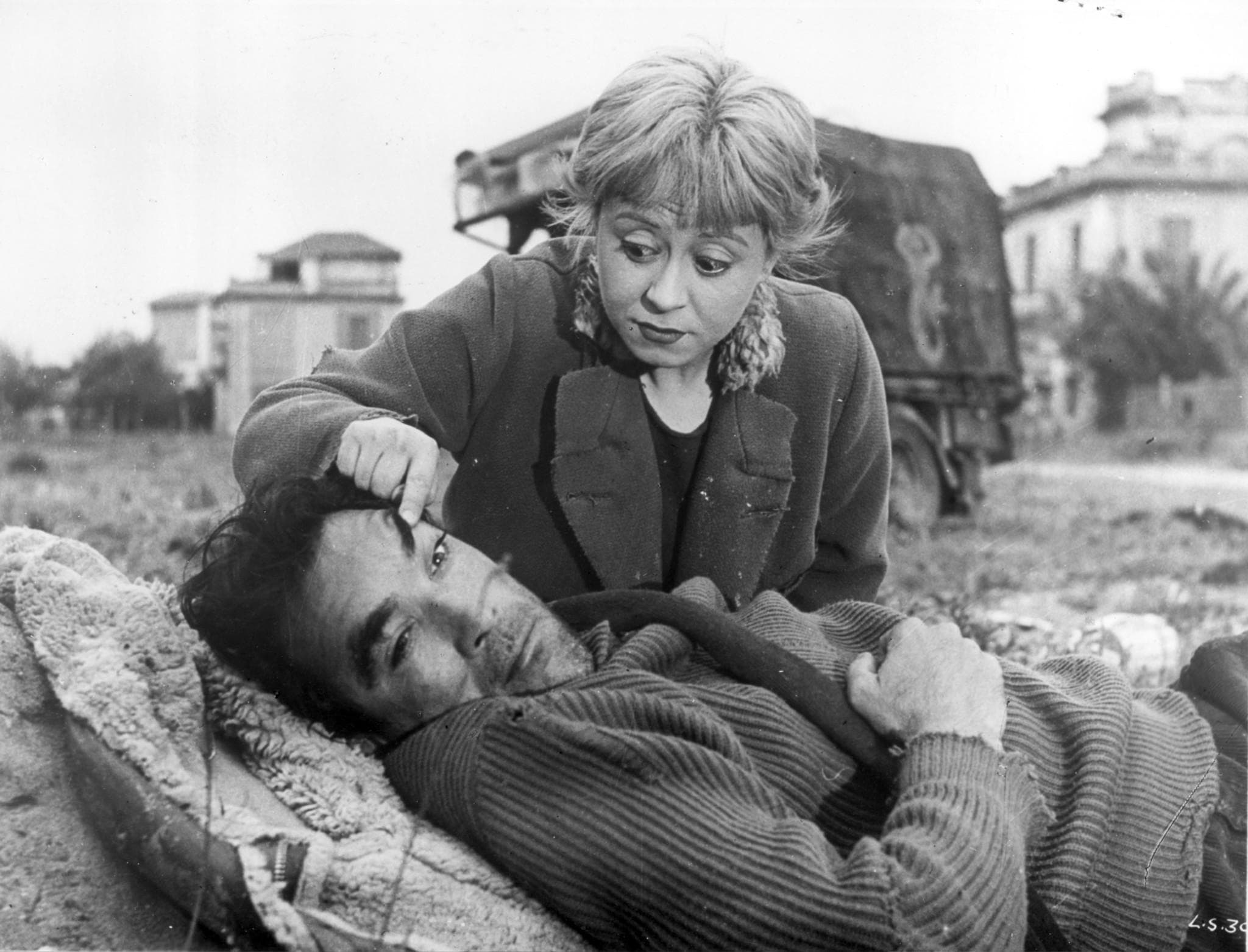
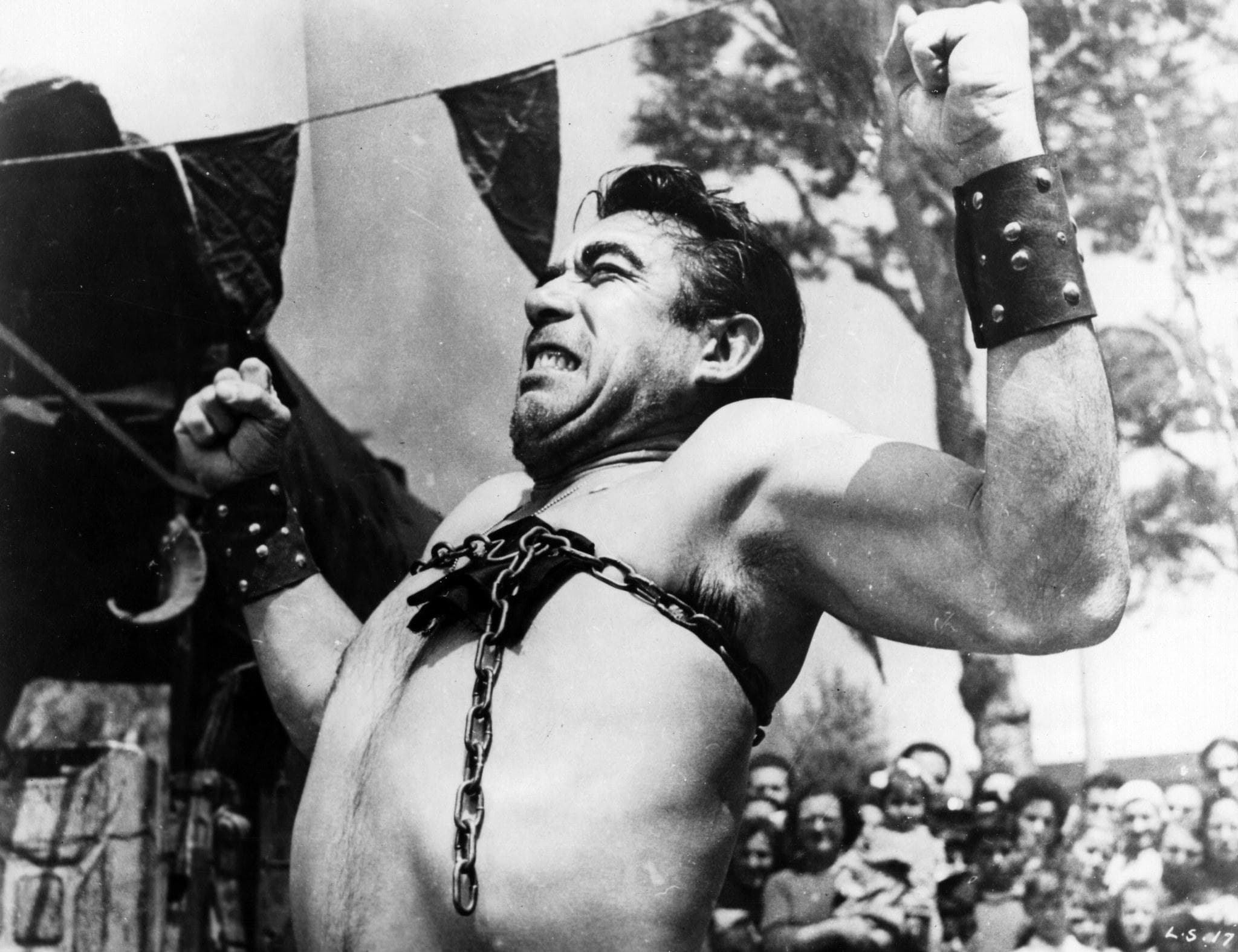
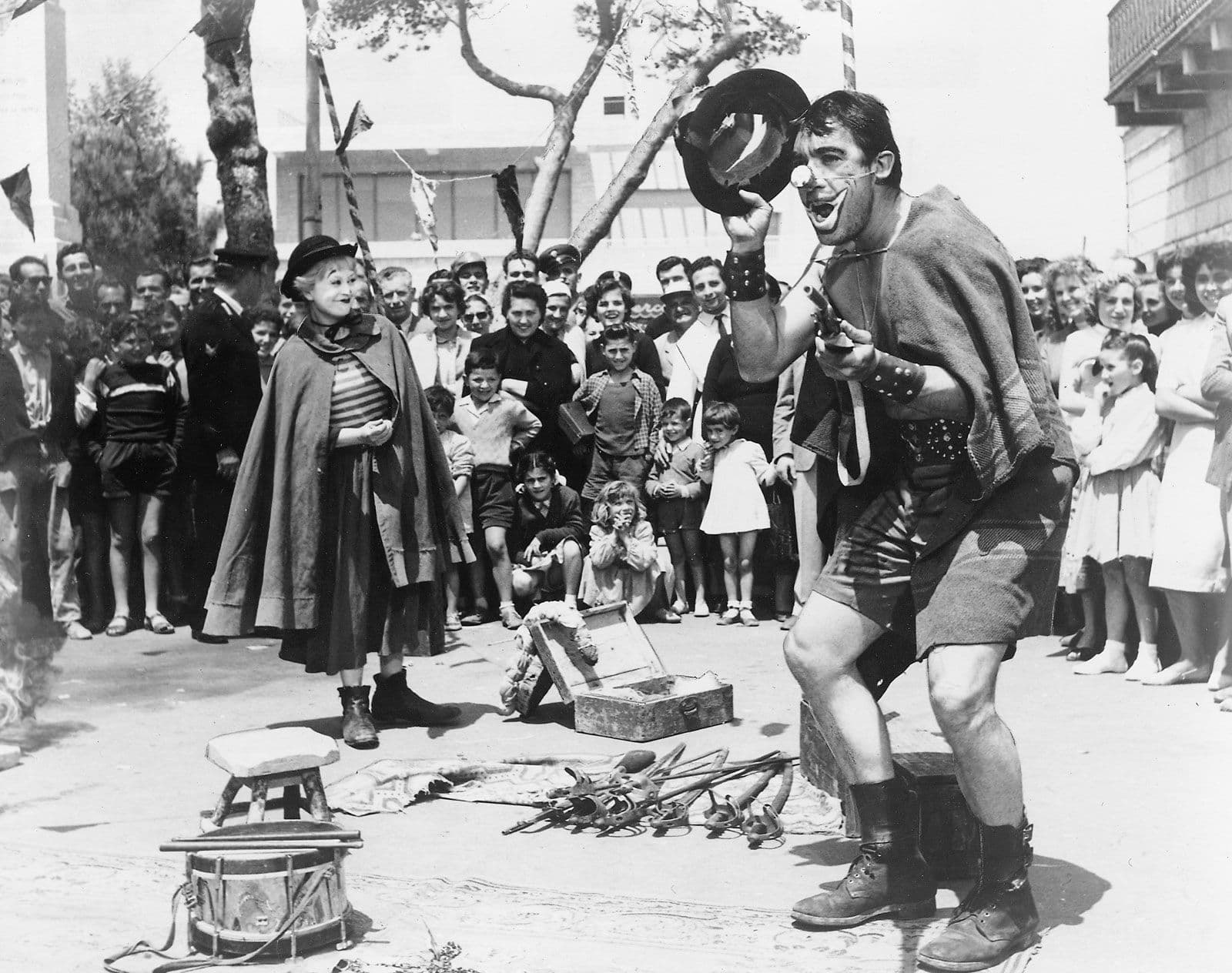
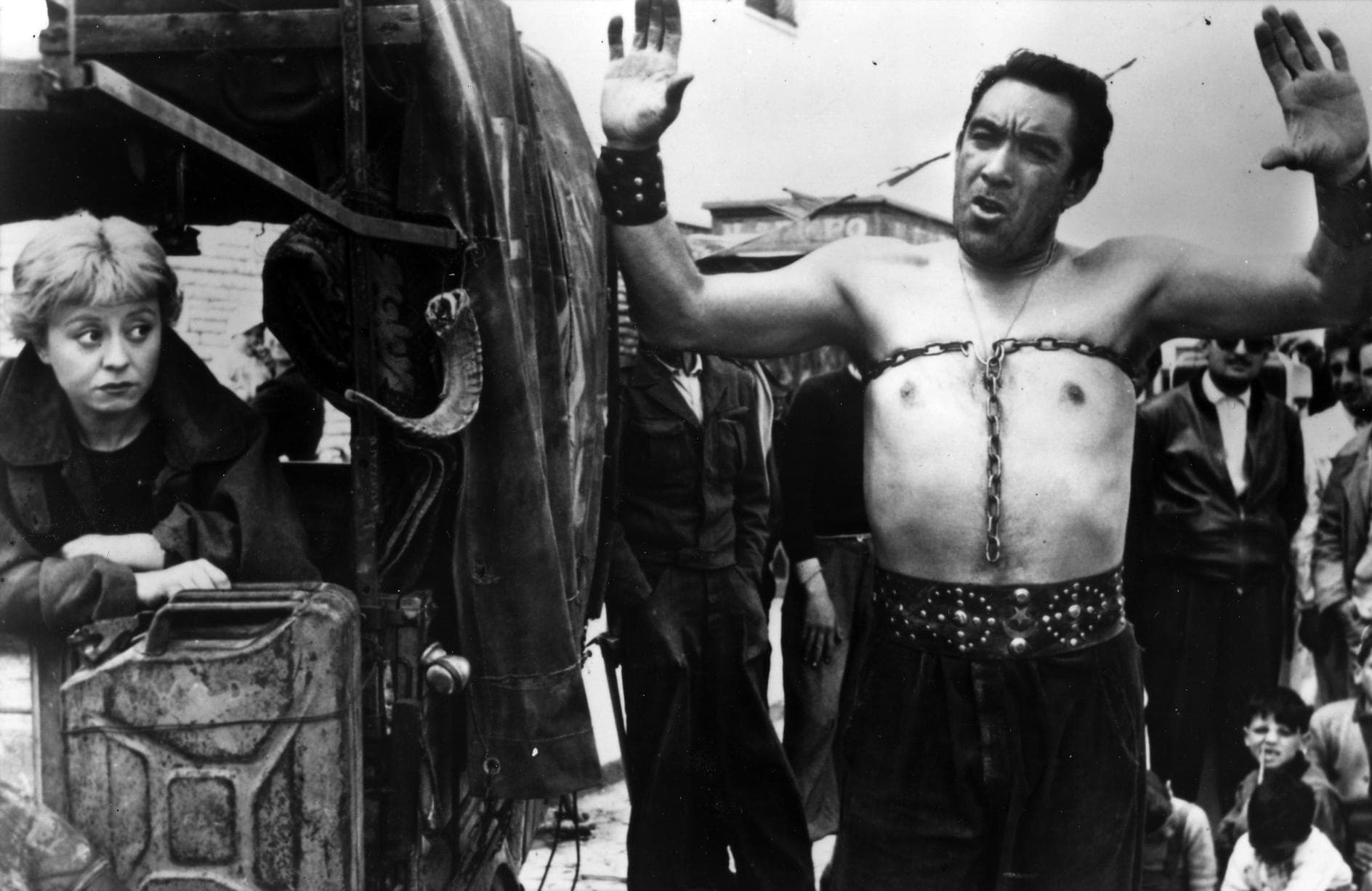
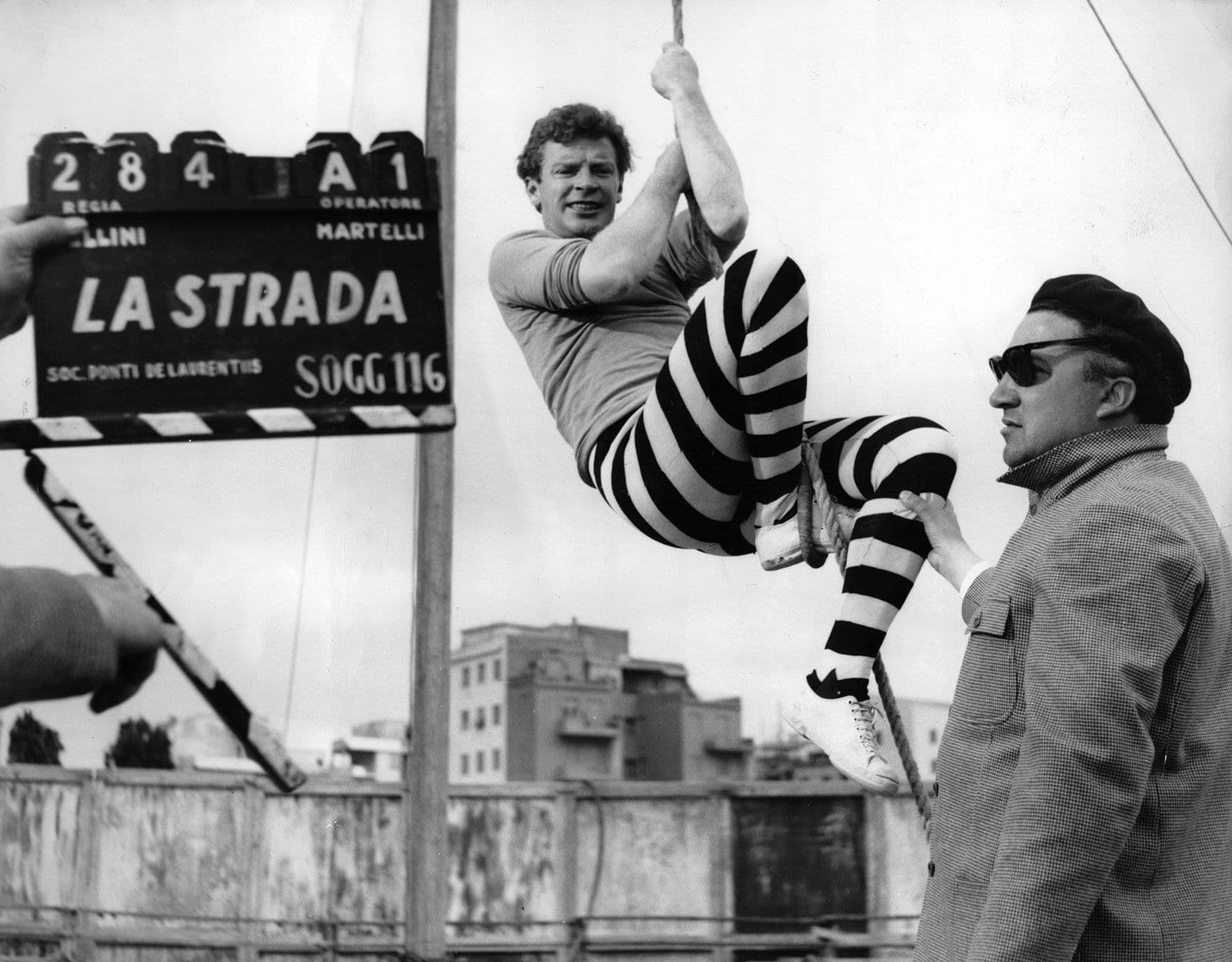
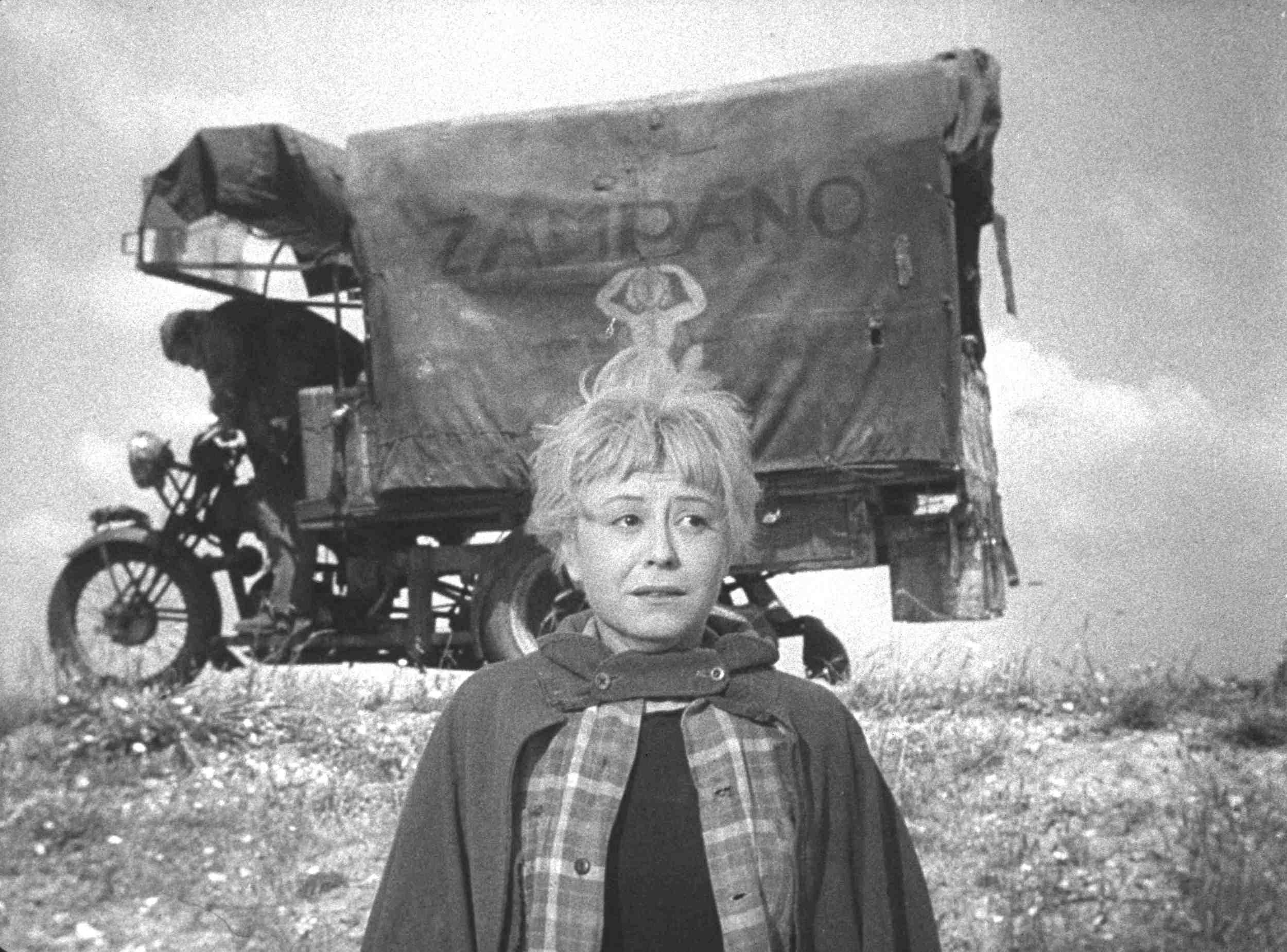


Comments
Loading comments...